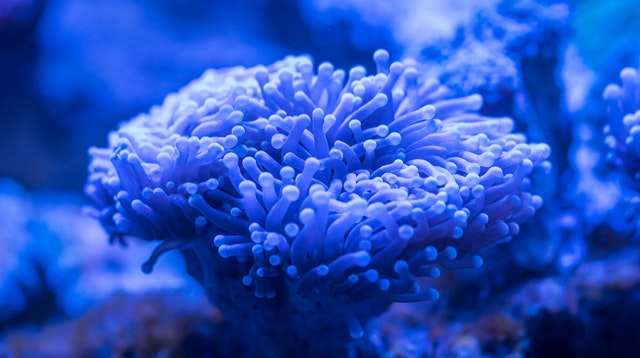
There are thousands of different coral species on planet Earth, but broadly speaking, they can be sorted into three different categories:
Read on to learn about the differences between these three coral types.
What are SPS corals?
SPS stands for Small Polyp Stony. 'Polyp' is a word that you're going to encounter quite often when reading about coral - a coral colony is made up of numerous polyps, all of which are genetically identical to one another (that's asexual reproduction for you). Nevertheless, each individual polyp is a living animal in its own right.
SPS corals have relatively small polyps. While undeniably beautiful, SPS corals can be quite challenging for an inexperienced hobbyist - they require high-quality water and good light, so we don't recommend starting here if you've never kept corals before.
What are LPS corals?
LPS stands for Large Polyp Stony. The obvious difference between SPS and LPS corals is that LPS polyps are larger.
LPS corals are a little less demanding than their smaller cousins, but both have the following in common:
- SPS and LPS corals have a hard skeleton that is left behind when they die
- SPS and LPS corals are both 'reef-building' corals (coral reefs are mostly made up of coral skeletons)
SPS and LPS corals may be collectively referred to as 'hard' corals to differentiate them from our third and final group: soft corals.
What are soft corals?
Soft corals do not have a hard skeleton, and they are generally a lot easier to look after than SPS and LPS corals. We recommend that beginners start with soft corals, then graduate to hard corals once they've got some experience under the belt and feel ready for a challenge.
If you're thinking of introducing some coral to your marine aquarium - but you're not quite sure where to start - then feel free to contact the Rock 'N' Critters team. Our friendly marine aquatics experts will be happy to share their knowledge with you!
Corals for Sale Our Newest Corals
Photo from Pexels